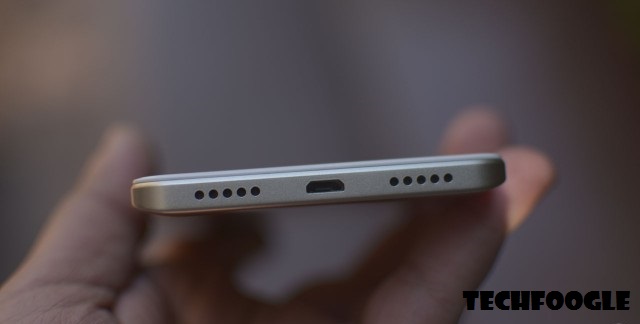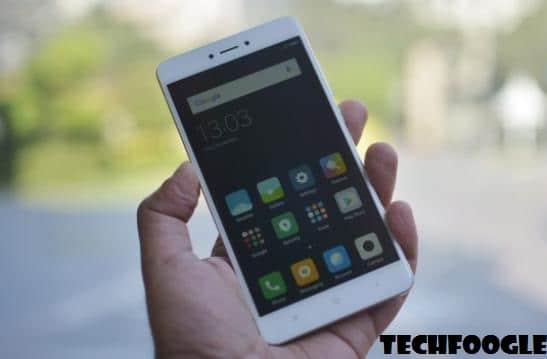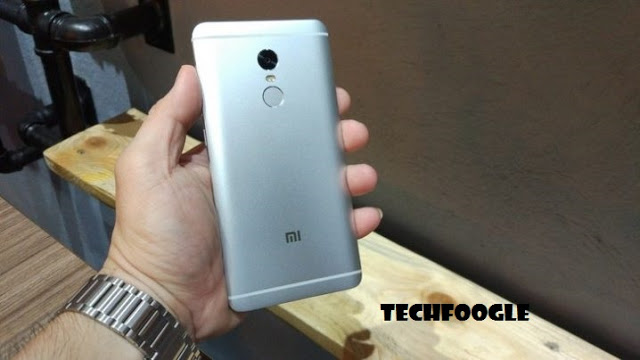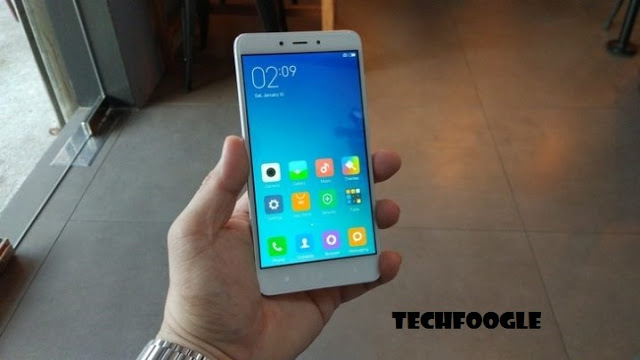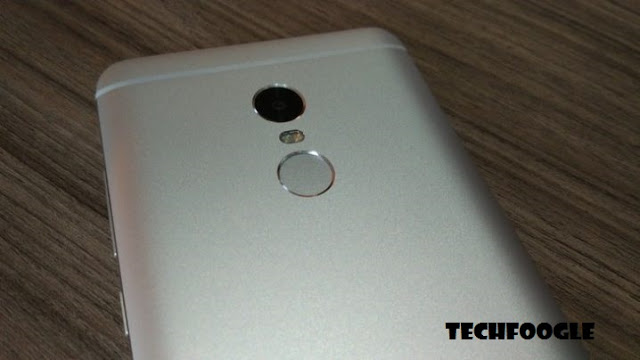Xiaomi shook the budget smartphone market in India with the Redmi Note 3 last year. It was and is still regarded as one of the best smartphone options in the sub 15k category. Today it launched its successor, the Redmi Note 4 which yet again seems to be an excellent smartphone. While it was announced in China last year with a MediaTek SoC configuration, India gets a new Qualcomm Snapdragon 625 version.
I had the opportunity to check out the new budget smartphone at the launch event and here is a quick look at the device.
Design and build
In terms of overall looks, the handset is similar to its predecessor but gets some fine refinements. The front gets a 2.5D curved glass while the brushed metal back feels a bit more polished and now has chamfered edges. Other prominent changes include the loudspeaker moving to the bottom, the microUSB port now sits in the middle of the bottom edge between the two speaker grills, and the antenna band division lines are chromed up.
The weight and dimensions of the new handset still feel like the Redmi Note 3. It will arrive in four colour variants including silver, gray, gold and a special matte black variant. Like China, India will not be getting the special blue version that was announced.
Display
Xiaomi has used the same 5.5-inch Full HD LCD panel on the Redmi Note 4, but now it gets a nice curved 2.5D glass on top which gives the touchscreen a premium feel. The company has also said that they have put a lot of time to colour calibrate the display. While I can’t say if there is a huge difference in the overall quality when compared to the Redmi Note 3, I did like the display. Colours looked good, viewing angles were great and even under the sunlight I could use the phone with ease.
Chipset, storage and RAM
While China got the MediaTek Helio version of the Redmi Note 4, India will get an all new Snapdragon 625 octa-core processor replacing the Snapdragon 650 processor from the Redmi Note 3. The new chip is based on the new 14nm architecture that Qualcomm recently announced.
The handset is being offered in three RAM and storage variants including 2GB RAM with 32GB of storage, 3GB RAM with 32GB storage and 4GB RAM with 64GB of storage. All the variants get the option to expand the memory using a microSD card of up to 128GB.
OS and software
The handset is running on Android 6.0.1 Marshmallow with MIUI 8 on top. This is the same version that is currently running on most Xiaomi devices and includes all the features of the MIUI ROM. At the launch, the company confirmed that a preview version of Android 7.0 Nougat for the Redmi Note 4 is already available but is under beta testing.
Using the handset for half an hour or so I didn’t find any issues with the OS. I had my hands on the 4GB variant and it felt very smooth.
Camera
The camera resolution has gone down to 13MP with an f/2.0 aperture, however there is a new CMOS sensor with larger pixel size and there was visible difference when shooting pictures. It comes with PDAF (phase detection autofocus) and a dual-tone LED flash. The colours and contrast on the new Redmi Note 4 camera felt much better than the Redmi Note 3. Xiaomi hasn’t done anything revolutionary, but it felt pretty good for a budget device. It can also shoot decent 1080p videos and offers a bunch of modes including panorama, manual, night mode, timer and more.
The front camera is 5MP sensor with an F/2.0 aperture and is said to include some improved beautification modes.
Battery and connectivity
The battery sees a slight bump as Xiaomi has fitted a 4,100mAh battery which is the same unit that was used on the Redmi 3S/3S Prime. Xiaomi says that since the new SoC comes with a 14nm architecture and Qualcomm’s FinFET technology, there is an improvement of 25 percent in the battery life when compared to the Redmi Note 3.
As for connectivity options, you get a dual SIM hybrid tray (microSIM and nanoSIM/microSD), 4G with VoLTE support, Wi-Fi, Bluetooth, GPS with GLONASS, infrared and a microUSB port.
Conclusion
The Redmi Note 4 seems like a good looking update for the Redmi Note 3 on paper. Xiaomi has claimed to improve certain areas of concern including the battery and the loudspeaker, but I still need to properly test the handset to tell you if it is a worthy update.
As for the pricing, Xiaomi has been spot on. The 2GB+16GB variant is priced at Rs 9,999, 3GB+32GB for Rs 10,999 and 4GB+64GB for Rs 12,999. I think with this pricing, Xiaomi could yet again sell a huge number of Redmi units.

